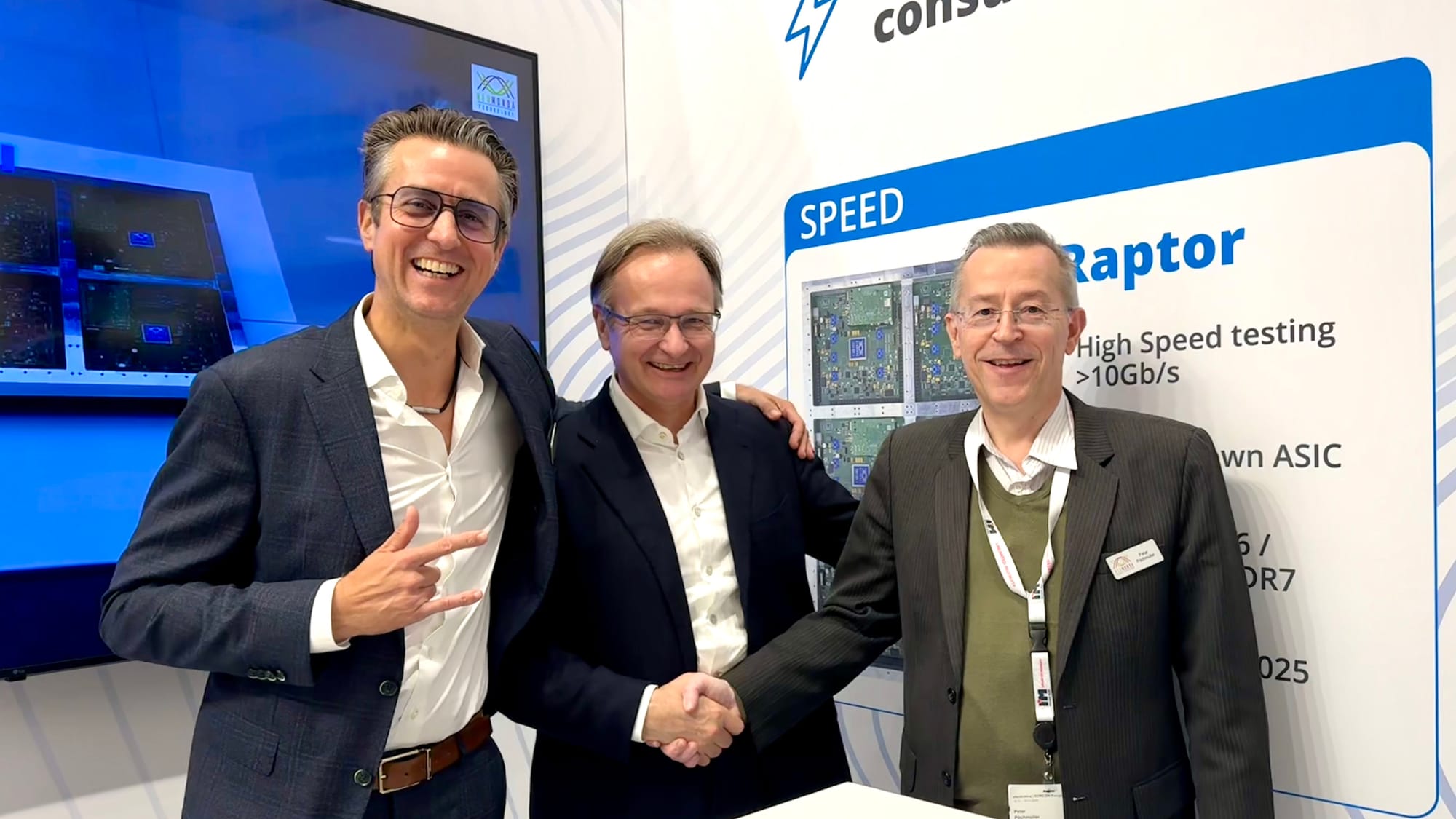ASM International’s Q1 2025 results reaffirm its leadership in Atomic Layer Deposition (ALD), a technology central to enabling advanced semiconductor nodes such as 2nm and beyond. With ALD accounting for more than half of its equipment revenue and strong customer engagement in leading-edge logic and memory, ASM is well-positioned to capitalise on rising demand driven by GAA architectures, high-bandwidth memory, and ongoing technology node transitions.
ASM International’s Q1 2025 results reinforce its leadership in Atomic Layer Deposition (ALD), a foundational technology for enabling advanced semiconductor nodes. ALD represented more than half of ASM’s equipment revenue, with the market expected to grow at a compound annual rate of 10–14% through 2027, and ASM maintaining a leading market share above 55% in the segments they compete in:
Single-Wafer ALD Tools
ASM’s flagship ALD platforms are single-wafer systems, which provide high precision, conformality, and process flexibility. These are used primarily in leading-edge logic and memory production.
-
Key Platforms:
-
XP8 and XP8 QCM: High-productivity platforms supporting multiple process chambers; widely used for high-volume manufacturing.
-
Previum and Previum Pro: Previum systems incorporate an integrated epitaxial (EPI) pre-clean step that effectively removes 15–20 monolayers of native oxide from the substrate surface. This step is crucial for ensuring high-quality EPI film growth.
-
Pulsar®: Specialised for high-k dielectrics, such as hafnium oxide (HfO₂) typically used in gate stacks.
-
Eagle® XP8: Designed for advanced metal ALD (e.g. TiN, W), often used in logic and memory applications including barrier and liner layers.
-
ASM International’s strategic alignment with the prevailing trends in the wafer fab equipment (WFE) market and its concentrated customer base. Logic and foundry applications are set to remain the dominant segment of WFE spending through 2026, reinforcing ASM’s focus on enabling advanced nodes such as FinFET and Gate-All-Around (GAA), where Epitaxy (Epi) and atomic layer deposition (ALD) are critical. The company’s FY24 revenue profile shows that its top five customers accounted for 51% of sales, while the top ten represented 70%, indicating strong relationships with leading-edge semiconductor manufacturers. These likely include TSMC, Samsung, Intel, SK hynix, and Micron—ASM’s probable top customers given their leading-edge node adoption and high ALD utilisation. Others may include GlobalFoundries, UMC, SMIC, and select IDMs.
The industry’s shift to gate-all-around (GAA) transistor architectures at 2 nm and beyond is driving increased demand for single-wafer ALD and silicon epitaxy (Si Epi) processes, which are essential for integrating high-k dielectrics, advanced metals, and high aspect ratio features in both logic and memory devices. ASM’s deep engagement with leading-edge customers—particularly in logic/foundry and high-bandwidth memory (HBM) DRAM—has already translated into strong revenue contributions. Additionally, early tool shipments for the 1.4nm node reflect continued confidence from top-tier clients and extend ASM’s growth visibility as chipmakers prepare for more complex architectures requiring precise material deposition.
ASMI presented a robust growth trajectory of the single-wafer Atomic Layer Deposition (ALD) market, projected to reach between US$4.2 billion and US$5.0 billion by 2027, with a compound annual growth rate (CAGR) of 10–14% from 2022.
Summary from ASM International Q1 2025 Earnings Call:
1. ALD Market Outlook:
Atomic Layer Deposition (ALD) continues to be a key growth driver for ASM, with equipment sales led by ALD and expectations of a strong increase in GAA (gate-all-around) related demand throughout 2025. ALD intensity is rising as leading-edge nodes (2 nm and 1.4 nm) require more deposition steps for complex 3D structures, high-k dielectrics, and metal gate stacks. ASM confirmed ongoing R&D engagement for 1.4nm and highlighted that ALD demand will further accelerate in next-gen nodes, backside power delivery, and in advanced DRAM (e.g. HBM), which increasingly adopt logic-like ALD layers. ASM remains confident in long-term ALD market growth, forecasting double-digit increases in application layers per node.
2. Trade, Tariffs, and Geopolitical Risk:
ASM addressed potential impacts from new US tariff announcements, noting no immediate effect on equipment, but acknowledging possible indirect macroeconomic consequences. The company has prepared multiple mitigation scenarios, including flexible global manufacturing—already expanding in Korea and establishing capability in Arizona (set to scale in 2H 2026). ASM emphasised its ability to localise production quickly if needed. While there’s been no pull-forward of tool orders due to tariff concerns, the company is monitoring the situation closely and maintaining optionality in its supply chain to navigate shifting trade conditions.
ASM International NV (ASMIY) Q1 2025 Earnings Call Transcript | Seeking Alpha
"ASM International: Upgrade To Strong Buy On Better Growth Visibility And Strength"
ASM International (ASMIY) delivered a strong Q1 FY25, exceeding expectations in revenue, margins, and orders, driven by robust AI infrastructure demand, early ramp-up of 2nm nodes, and resilient performance in China. Despite macroeconomic risks and export controls, ASM saw solid contributions from mature logic foundries and high-bandwidth memory (HBM), which relies on advanced techniques like ALD and Epi. The company’s improved operational efficiency, growing AI demand, and clearer long-term growth visibility led the author to upgrade the stock to a “strong buy,” supported by a belief that ASM can reach the high end of its FY27 revenue target with continued margin expansion.



%20(1).png)



































